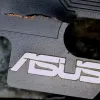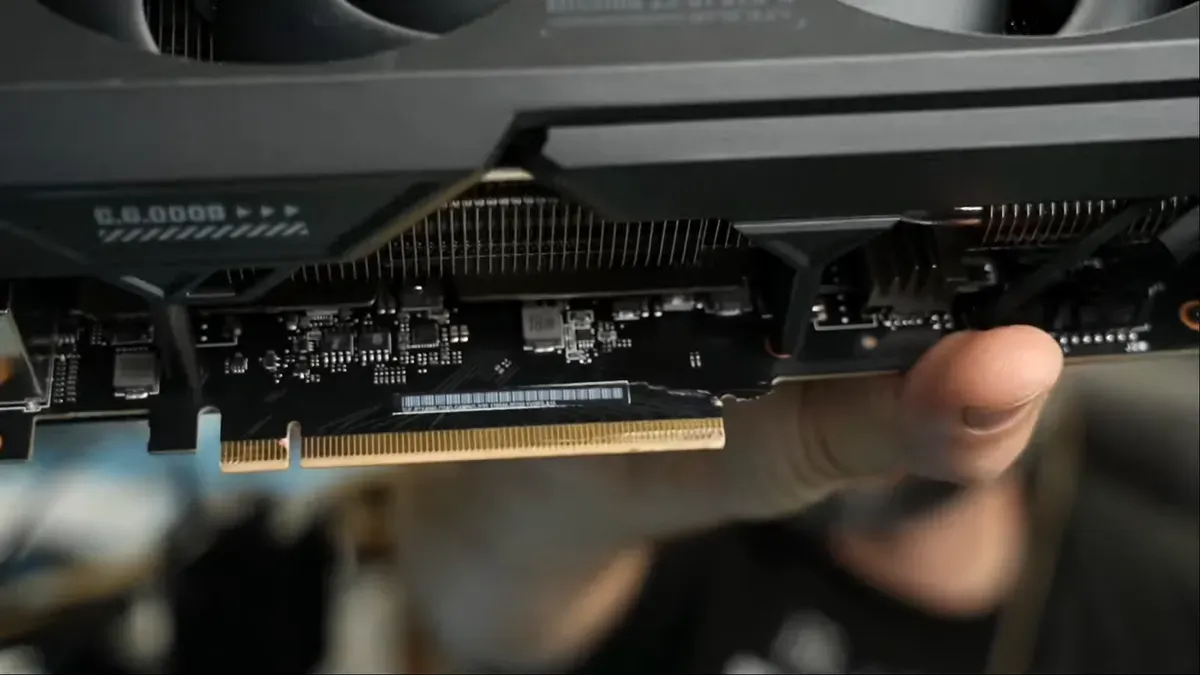These ranged from user error to manufacturing defects, design flaws, or material issues. He also considered whether the absence of GPU supports in systems assembled by a particular system maker or rough handling during transit of PCs with pre-installed RTX 4090 cards could be factors. The GeForce RTX 4090, known for its complexity and size, typically features a 12-15 layer PCB, each layer housing a dense network of electrical traces. During his review, NorthridgeFix classified any card with a cracked PCB as "no fix" due to the impracticality of repairing such multi-layered PCBs in a cost-effective manner. Customers were charged a handling fee and postage for these non-repairable cards.Curiosity arose regarding the origin of these 19 GPUs and how a single client managed to accumulate them. It was hypothesized that the client may have acquired these cards through platforms like eBay, intending to repair and resell them at a profit. Interestingly, despite the PCB issues, these GPUs showed no other damage or burn marks, a common problem with the RTX 4090's 12VHPWR connectors across different brands.
Selling graphics cards with damaged PCBs is permissible, provided the condition is clearly described to potential buyers. Cards classified as 'no fix' by NorthridgeFix can still serve as donor boards for parts such as shrouds, fans, VRAM, and GPUs, highlighting the importance of recycling. Regarding the feasibility of repairing these PCB cracks, the effort and cost involved in fixing the multiple layers of cracked traces typically outweigh the benefits. However, NorthridgeFix has demonstrated in a previous video the challenging process of repairing an Asus GeForce graphics card damaged near the retention finger. In these repairs, fiberglass, often stronger than copper, is used as a filler. However, extreme caution is advised during any subsequent installation or removal of such repaired cards.
This issue of GPU PCB cracking, particularly in larger and heavier graphics cards, has been reported previously. Professional repair technicians like Louis Rossman and NorthridgeFix have documented these faults and repairs over several months. Similar incidents involving Gigabyte cards have been linked to PCB design issues in other reports this year.



